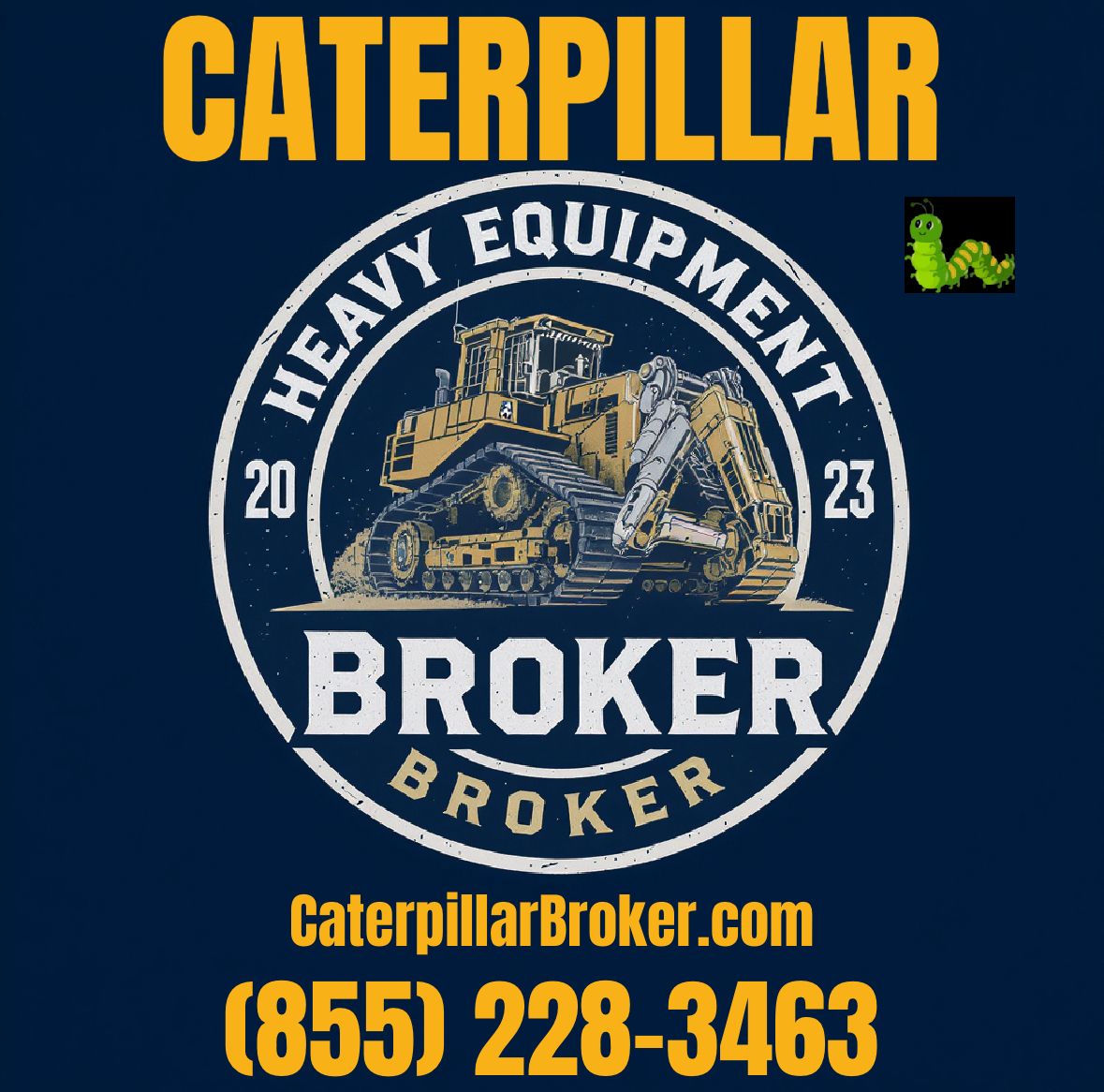Common Myths About Construction Equipment Debunked
Understanding Construction Equipment
In the world of construction, equipment plays a pivotal role in ensuring projects are completed efficiently and on time. However, there are many misconceptions about these essential tools. Whether you're involved in the industry or simply curious, it's important to separate fact from fiction. Let's delve into some common myths about construction equipment and uncover the truth.

Myth 1: Bigger Equipment is Always Better
A common belief is that larger construction equipment is always the best choice for any job. While size can be an advantage in certain situations, it's not a one-size-fits-all solution. The key is selecting the right equipment for the specific task at hand. For instance, a compact excavator may be more suitable for a residential project where space is limited, whereas larger machinery may be necessary for major infrastructure developments.
Choosing the correct size involves considering factors such as the project's scale, site conditions, and budget constraints. Opting for oversized equipment can lead to inefficiencies and increased operational costs.
Myth 2: Older Equipment is Less Reliable
Another widespread misconception is that older equipment cannot perform as well as new models. While technological advancements have certainly improved efficiency and functionality, older equipment can still be highly reliable if properly maintained. Routine maintenance and timely repairs can extend the lifespan of construction machinery significantly.

Moreover, some companies specialize in refurbishing older equipment, ensuring they meet modern standards and continue to deliver optimal performance. Investing in well-maintained used equipment can be a cost-effective strategy for many construction businesses.
Myth 3: All Equipment is Dangerous
Safety is a primary concern in construction, leading to the assumption that all heavy machinery is inherently dangerous. While improper use can pose risks, modern equipment comes equipped with numerous safety features designed to protect operators and workers on site. Features like backup cameras, advanced monitoring systems, and automatic shut-off mechanisms significantly enhance safety levels.
Moreover, comprehensive training programs are essential for operators to handle equipment safely and responsibly. When used correctly, construction machinery contributes to a safer work environment rather than detracting from it.

Myth 4: Leasing Equipment is More Expensive Than Buying
Many believe leasing construction equipment is costlier in the long run compared to purchasing. However, leasing can offer significant financial benefits, particularly for short-term projects or businesses with fluctuating workloads. Leasing allows companies to access the latest technology without the upfront costs associated with purchasing new machinery.
Additionally, leasing agreements often include maintenance and repair services, reducing unexpected expenses and downtime. This flexibility can make leasing a more viable option for many construction firms.
Conclusion
It's crucial to approach construction equipment with an informed perspective, recognizing that each project has unique needs and challenges. By debunking these myths, we can make better decisions and enhance both productivity and safety on construction sites.
